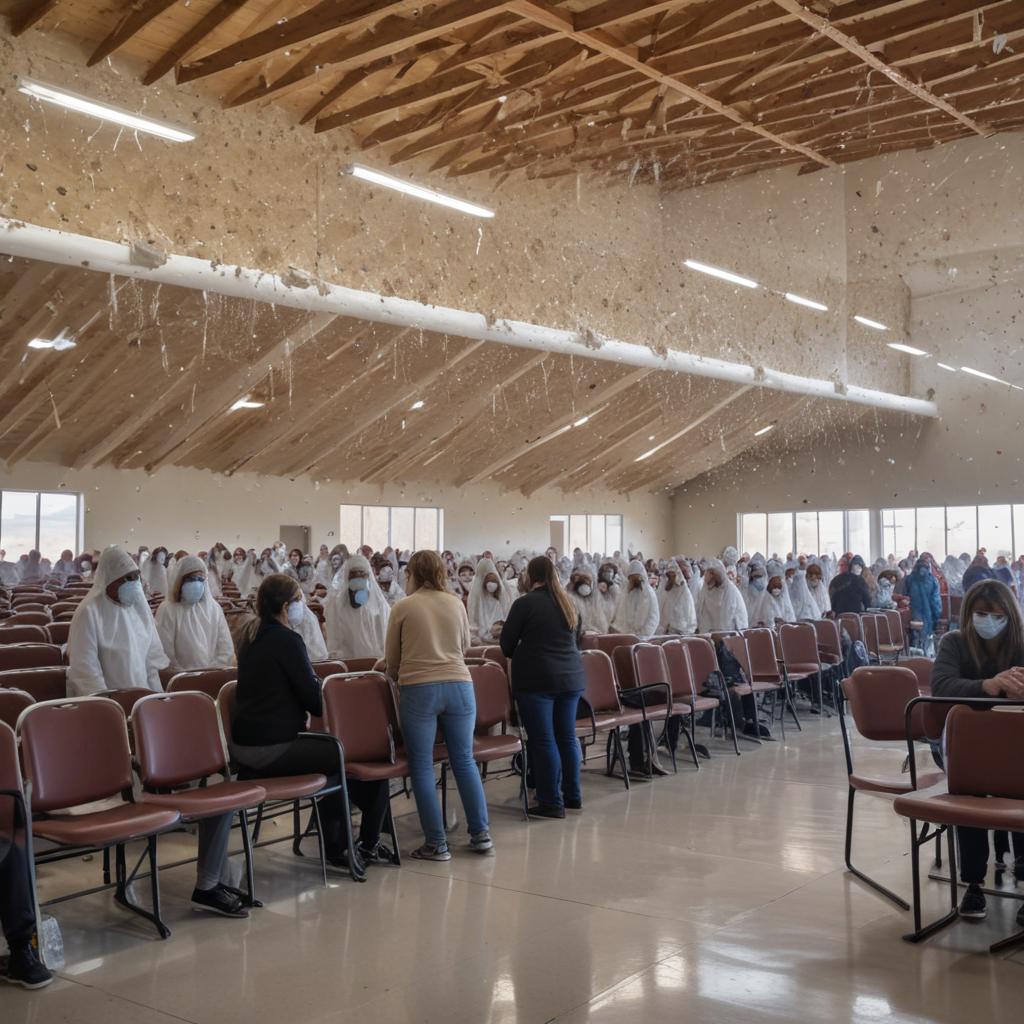How Hollywood gets the hijab wrong, and one animator's fight for accurate representation.
The portrayal of hijabs in animation and film often relies on a single, stereotypical style, ignoring the vast diversity of ways this Islamic head covering is worn. This limited depiction not only misrepresents the half-billion people who wear hijabs but also fuels Islamophobia and anti-Arab sentiment. The article focuses on the creation of a hijabi character for the animated show #1 Happy Family USA, highlighting the challenges and considerations involved in accurate representation. The author discusses the importance of showing the hijab's versatility, from its lightweight and often colorful nature to its integration into daily life. They emphasize the need to portray the hijab as a dynamic element, reflecting the wearer's emotions and actions, rather than a static symbol. The show features three generations of women with varying relationships to the hijab: a mother who wears it differently at home and in public, a grandmother who wears a niqab as a feminist statement, and a teenage daughter who chooses not to wear one. The article concludes by advocating for more realistic and nuanced depictions of the hijab in media, reflecting its true diversity and functionality.



